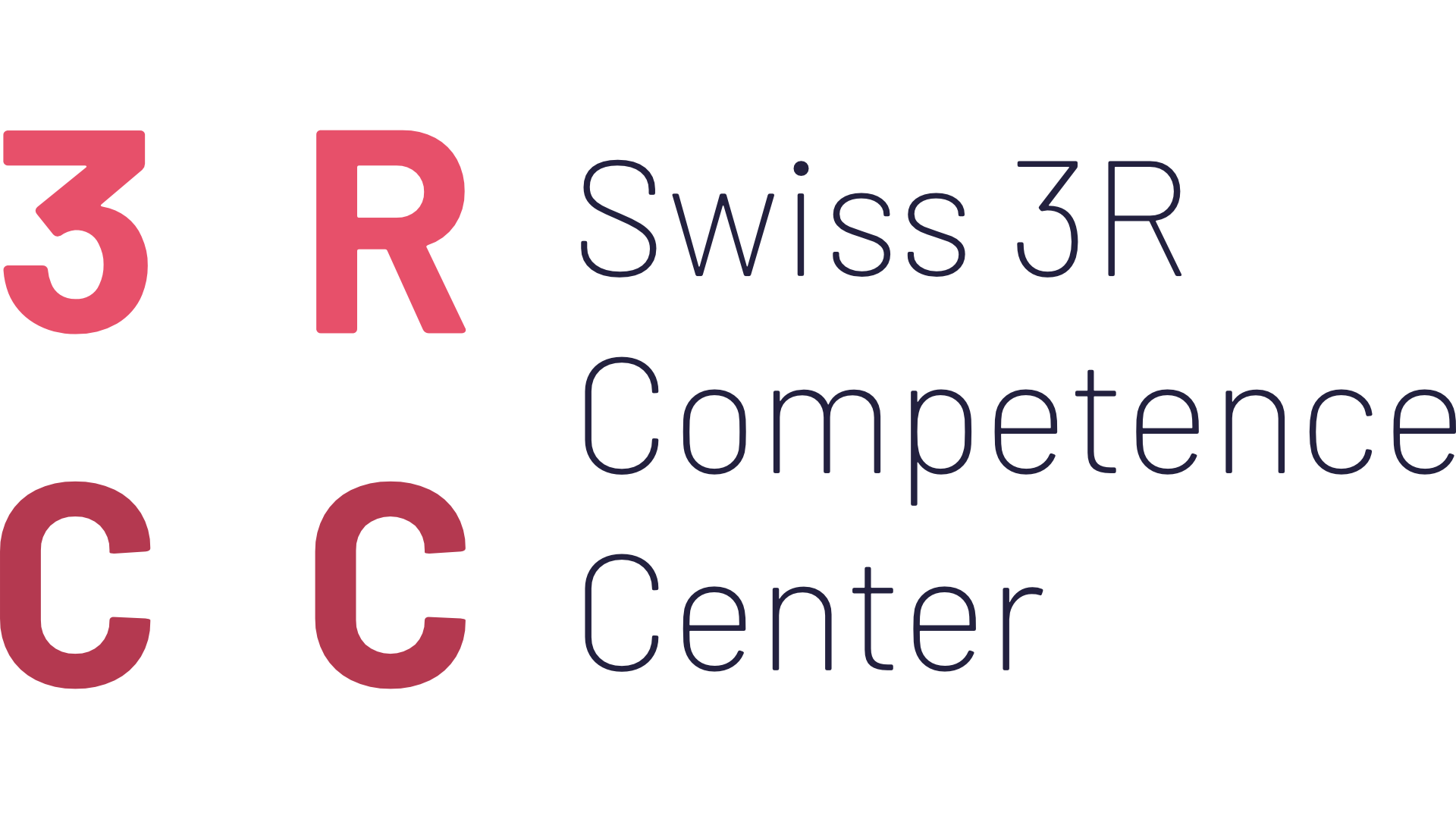BACKGROUND
Organoids are miniature organs generated from stem cells that provide unique in vitro models of organs in health and disease, and hold promises for personalized medicine and tissue engineering. They alleviate the need for animal experiments, as they enable the study of biomedical questions directly in vitro. They have become a cornerstone of 21st century biomedical research, and they still constitute a fast-developing field. In many cases, the tissue responsible for the organ-specific function – the parenchyma – is an epithelium, supported by a specialized matrix called a basement membrane. Examples include the intestine, liver, pancreas, kidney, lung, blood vessels, and skin. The brain also develops from neuroepithelium. Researchers have relied on basement membrane extract (BME) as a 3D matrix for their organoid cultures. BME is currently prepared from so-called Engelbreth-Holm-Swarm (EHS) tumours grown subcutaneously in mice. There is a strong need to develop BME alternatives, which avoid the use of mice, while simultaneously facilitating upscaling and clinical translation. We previously introduced alternative hydrogels that provide optimal physical properties: one based on the synthetic polymer poly(ethylene glycol) (PEG) and another based on the surgical tissue sealant fibrin Unfortunately, one last critical bioactive component, laminin, still needs to be purified from the BME, and has proven very challenging to replace.
AIMS
Here we propose to design and produce recombinant laminin fragments that retain the structure and function of the native protein while being easy to anchor to engineered matrices and amenable to mass-production.
STATUS UPDATES
Research Results
We found that the recombinant fragments supported fast initial growth of intestinal organoids in a fibrin-based ECM, comparable or even improved compared to BME, whereas the cells did not grow in control fibrin gels (Figure 2A-B). Surprisingly, all 4 arms of the laminin were able to support this growth, whereas only one of these 4 arms (namely, the E8 domain, produced in a truncated form designated mini-E8 in our case) features the basement membrane specific integrin 6 1/ 6 4 binding site. The three other arms (namely laminin 1, 1, and 1 short arms) have laminin domains instead, which can bind to other laminins.
These results would therefore suggest that providing a gel capable to bind laminin secreted by the cultured epithelial cells is sufficient to recapitulate laminin signaling and support epithelial cell growth. Nevertheless, the organoids remained spherical rather than forming crypt-like domains, and the stem cell population was not maintained in culture. As a result, the organoids could not be passaged/propagated, and these gels were therefore not able to replace BME. Of note, these experiments were performed in so called ENR medium (i.e. containing EGF, Noggin, R-spondin), since we noticed that culturing in ENRW medium (ENR+Wnt3a) supported stem cell propagation even in the absence of laminin, but also hindered differentiation. The current understanding in the field is that Paneth cells provide Wnt and Notch signaling that are necessary and sufficient to maintain stem cells and induce crypt morphogenesis, and we therefore studied whether organoids grown in the defined gels with recombinant laminin fragments lacked Paneth cells. For this, we established organoid lines from mice with a lysozyme-dsRed reporter (Figure 2C), and we found that spheroids generated in the fibrin gels actually contained an abundance of Paneth cells. It therefore seems that there are still important gaps in our understanding of intestinal stem cell fate decision. This project highlighted that, against all expectations, recapitulating epithelial integrin binding as well as Wnt and Notch signaling is not enough to maintain crypt-like domains with intestinal stem cells in mouse small intestinal organoids.

